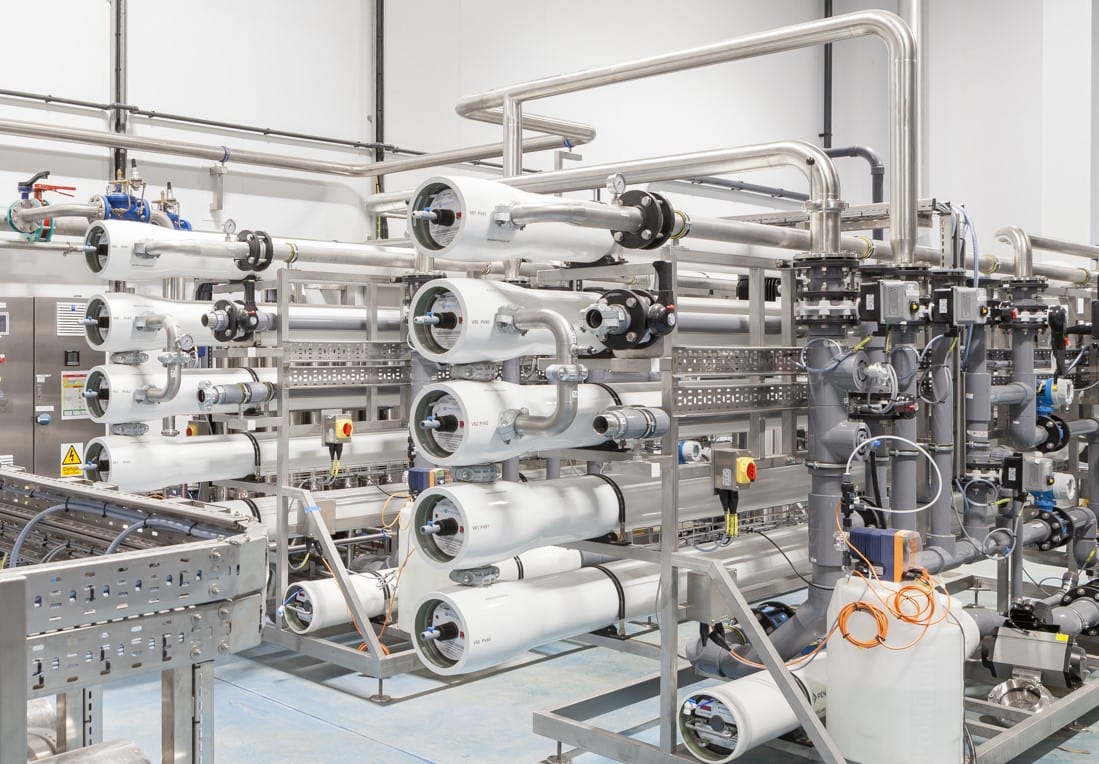Reverse Osmosis and Pretreatment Chemicals
Reverse Osmosis and Pretreatment Chemicals save US$110,000 for Battery Manufacturer
Reverse Osmosis a process by which a solvent passes through a porous membrane in the direction opposite to that for natural osmosis when subjected to a hydrostatic pressure greater than the osmotic pressure.

Solution
SUEZ’s solution was to install a PRO 150 Reverse Osmosis (RO) system, which allows control of the alkalinity concentrations and increases the boiler cycles. The Reverse Osmosis alone cannot treat all of the water problems such as the high iron content so SUEZ also provided a chemical Reverse Osmosis (RO) pretreatment regimen to treat the high iron content and remove chlorine.
Challenge
Results
The combination of RO(Reverse Osmosis) and chemicals eliminates the need to use the water softeners on a daily basis. The water softeners will now only be used as a backup for the Reverse Osmosis during maintenance, thereby nearly eliminating the US$25,000 per year cost for salt consumption. By installing a SUEZ Reverse Osmosis system, the cycles of operation have increased to 25-30 cycles. As the boiler cycles are increased, less makeup water is needed for the boiler.

Increased cycles result in longer residence time in the boiler and, therefore, less boiler blowdown. This translates to decreased energy consumption to heat the boiler water. The natural gas savings for this project is estimated at US$110,000 per year and the ROI is estimated to be 9 months. The higher boiler cycles also equate to lower chemical requirements for boiler treatment. Because boiler blowdown is reduced, there is less water sent to sewer, which also lowers the load of the wastewater plant.
